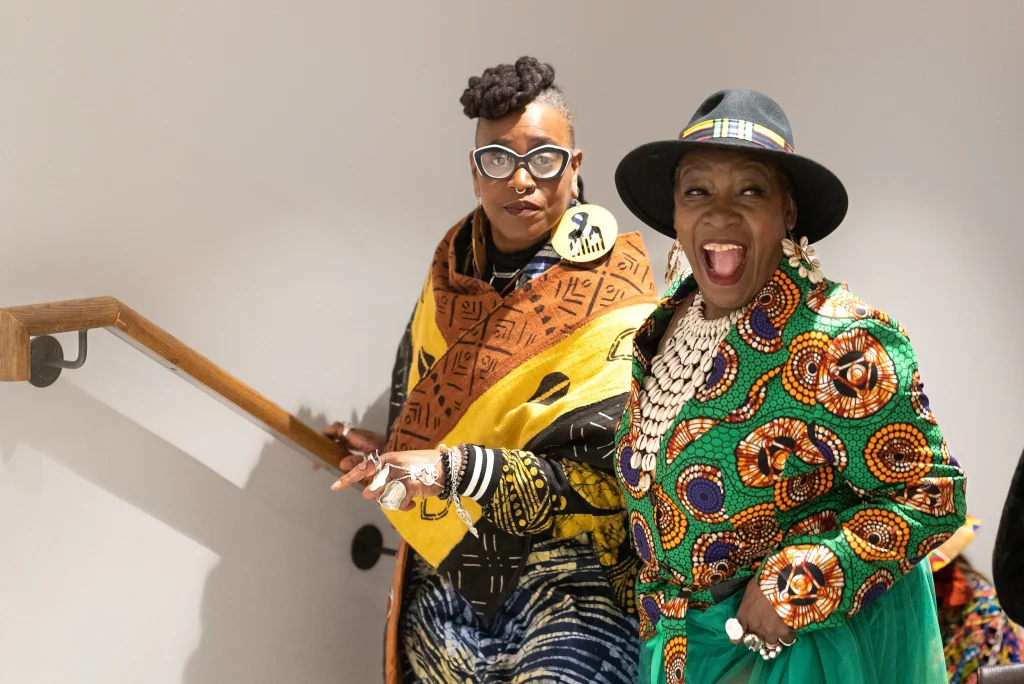

Written by Lulu Shasha
When Susan Sontag published The Double Standard of Aging in 1972, she exposed a stark cultural imbalance. She argued that while men are permitted to grow older without consequence, even gaining credibility as they do, women are treated as though their value declines with age. For women, ageing was not a neutral process, it came with a social penalty.
Nearly three decades later, in The Whole Woman (1999), Germaine Greer revisited similar terrain. In the opening pages, under a section pointedly titled “Beauty,” she criticised the beauty industry for the impossible standards it imposes, from the rejection of cellulite to the normalisation of cosmetic surgery. Her critique centred on a system that encourages women to erase signs of ageing and pursue a narrowly defined male-prescribed idea of female beauty.
Reading these two commentaries, written almost 30 years apart, I find myself asking: where do we stand now, another 25 years on?
On one level we continue to live in a culture that treats youth as a form of social capital, particularly for women. The anti-aging industry, now deeply embedded in everyday language, is worth billions. Its messaging is both clinical and dreamlike. L’Oréal’s Revitalift Day Cream claims to “smooth wrinkles, firm and brighten the look of skin,” and to “renew skin’s appearance.” Estée Lauder describes its Advanced Night Repair serum as possessing “new youth-generating power,” language that borders on the mythical. It sounds less like a skincare product and more like the magic hair Mother Gothel harvests from Rapunzel in Tangled, a source of eternal youth to be bottled and sold. Even words like “brighten” carry weight. They imply that older skin is dull or faded, something to be fixed. Across advertising and media, the ideal female face remains untouched by age. Smooth, bright, ageless, as though time itself can be outwitted with the right product.
Of course, the relationship between beauty and survival isn’t just cultural. For centuries, when women’s financial and social futures were tied to their proximity to male power, beauty became a form of capital. Youth — with its connotations of fertility and pliability — was central to that exchange. That history lingers, even if our circumstances have changed. Many of the behaviours we now consider personal choices are in fact inherited habits, shaped by generations of women who lived with fewer options.
And yet, when I look beyond the marketing, when I speak to women across generations, a more complicated picture emerges. One is looking forward to turning 40, describing it as the decade she expects to feel most clear-headed and unapologetic. Another quietly dreads it, unsure what it means to enter a stage of life that, culturally, is still associated with decline. Amongst some women in my mother’s generation, women now in their fifties and early sixties, there is a visible shift. The same women who spent decades dyeing their hair are now embracing grey. Not because the pressure has disappeared, but because something in them has shifted. A different kind of pride has emerged.
So perhaps the real question isn’t whether Sontag’s double standard still exists. It does — in advertising, in language, in the architecture of an industry built to delay the visible signs of time. But what feels more urgent now is: how tightly do we still cling to it?
We can see the cracks in the narrative. In the public realm, women like Judi Dench, and Helen Mirren have aged visibly and powerfully. Ruth Bader Ginsburg became iconic not despite her age, but in part because of it. And popular culture, too, is beginning to wrestle with these questions more directly. The recent film Substance is a surreal and unsettling take on what it means to age in a world that sees youth as a woman’s most valuable asset. It doesn’t offer a solution, but it does hold up a mirror one we may not enjoy looking into, but can no longer ignore.
So where does that leave us?
We are not yet free of the double standard, but we are more aware of it. That awareness is not nothing. In some cases, it is enough to make different choices. To stop dyeing our hair. To stop apologising for laugh lines. Maybe Sontag’s double standard hasn’t disappeared. But it is being questioned every day in front of the mirror. And that may be where real change begins.
